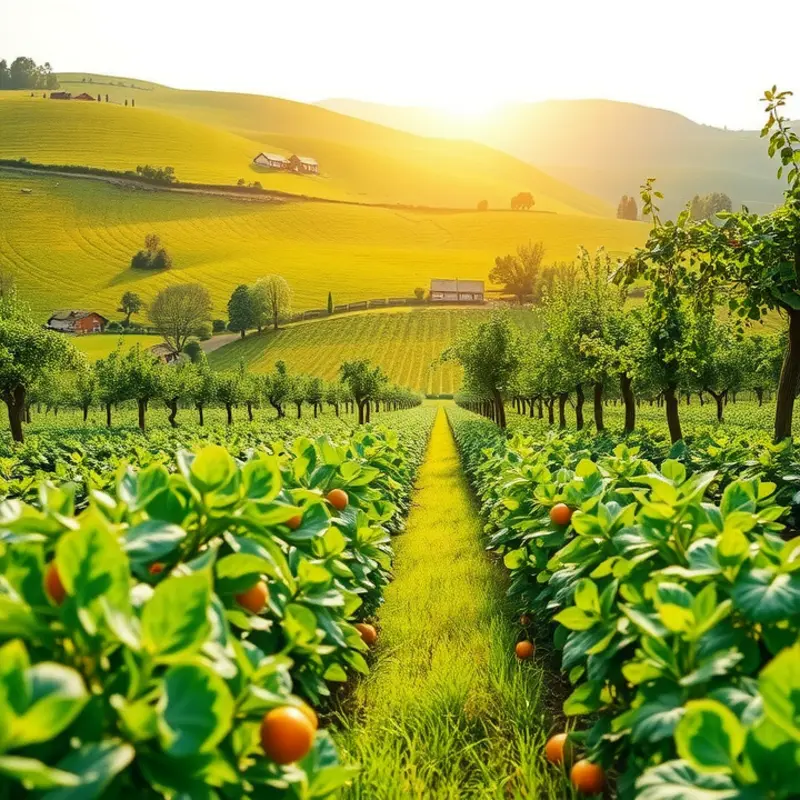Cakes have long been a symbol of joy and festivity across cultures, standing at the center of celebrations, from weddings to birthdays and religious rites. Each region brings its traditions and unique ingredients into the mix, creating a beautiful tapestry of flavors and stories that span the globe. Discovering traditional celebratory cakes offers a delicious way to connect with cultural histories and culinary techniques that have been cherished for generations.
Cake Traditions: A Culinary Unifier

Cake Traditions: A Culinary Unifier
The artistry of cake-making transcends borders, symbolizing unity and celebration across cultures. Each nation’s traditional cake reflects unique values and geological influences. These cakes not only mark special occasions but also serve as culinary storytellers.
In Italy, the panettone is a festive staple, especially during Christmas. This dome-shaped sweet bread is studded with raisins, candied fruits, and often a hint of citrus zest. Its soft and fluffy texture complements the rich history tied with Milanese bakers’ artistry. Beyond its taste, panettone fosters an atmosphere of sharing, often enjoyed with a warm cup of coffee or sweet wine.
Travel to the Caribbean, and you encounter the vibrant black cake. This dense fruitcake is a pivotal part of Christmas celebrations in these islands. A blend of rum-soaked fruits infuses each slice with opulence, making it a cake with a history linked to colonial times. Its preparation is a family affair, often started months in advance to achieve the deep, rich flavors appreciated by locals.
In Nordic countries, the kringla offers a simpler, yet equally beloved treat. Twisted into intricate designs, these cardamom-flavored pastries are used during various celebrations. Traditionally, these pastries are homemade, embodying the warmth of family gatherings. The aroma of baking kringla is reminiscent of cozy gatherings on cold, wintry days.
While cakes like those mentioned are synonymous with celebrations, some have risen as symbols of resistance and nostalgia. The mooncake, for instance, holds immense cultural significance during the Chinese Mid-Autumn Festival. These round delicacies are filled with lotus seed paste and sometimes salted egg yolks, representing family unity under the full moon.
Equally iconic are Mexico’s tres leches, a sponge cake soaked in three types of milk, making it incredibly moist. This cake, believed to have originated in Latin America, is a testament to the influence of European baking traditions. Light and creamy, it mirrors the openness of Mexican hospitality, bringing people together in joyous occasions.
Japanese castella is another fascinating example. Introduced by Portuguese traders in the 16th century, this sponge cake has been adapted to Japanese tastes with a delicate sweetness and moist texture. Its long shelf life made it ideal for gifts, embedding it deeply into Japan’s cultural fabric, especially during tea ceremonies.
These cakes, with their varied ingredients and preparation methods, connect us. They offer insights into the interplay of geography and tradition in culinary expressions. For those interested in delving deeper into cultural food dynamics, the article on culinary influences through trade is a captivating read.
In essence, traditional cakes are more than mere desserts; they are vehicles of cultural expression and sharing. By understanding and savoring these cakes, one embarks on an enriching journey through history, tradition, and togetherness.
Global Flavors: Iconic Cakes of Celebration

In Italy, the traditional Panettone transforms ordinary festivities into extraordinary celebrations. This dome-shaped cake, synonymous with Christmas, is enriched with butter, candied fruits, and raisins. The use of a sourdough starter gives it a distinct, airy texture, setting it apart from other dense fruit cakes. The mastery of balancing citrus zest with vanilla extract presents a harmony of flavors that resonate with Italian heritage. Families often pass down the recipe, making Panettone a staple in shared holiday memories.
India’s culinary landscape offers the Milk Cake, also known as Kalakand, to celebrate auspicious occasions. Created from reduced milk, sugar, and cardamom, it exemplifies indulgence with its creamy texture and subtle sweetness. Regional variations might include saffron or pistachios, adding complexity and richness. Kalakand’s place in weddings and festivals highlights its significance; its preparation is seen as a labor of love, reflecting the essence of community and togetherness.
In Mexico, Tres Leches Cake is a testament to the country’s influence on modern celebratory desserts. This sponge cake derives its unique texture from being soaked in a trio of milk: evaporated, condensed, and whole milk. The cake is often finished with whipped cream and fresh strawberries, adding to its light yet moist appeal. Tres Leches Cake graces birthdays and baptisms, carrying the warmth of Mexican hospitality with every bite.
While these iconic cakes hail from different regions, they share a common thread of tradition and flavor, connecting families and communities through shared culinary heritage. Each cake is a testament to its culture’s history and is celebrated beyond its borders today, demonstrating how food can bridge divided geographies through shared enjoyment.
For more on the influence of global trade on these culinary traditions, visit Culinary Influences through Trade.
Final words
Traditional celebratory cakes serve more than just a sweet treat; they embody the rich tapestry of cultural history and communal gathering. Every cake tells a story, from the ingredients that celebrate local agriculture to the rituals surrounding their consumption. By appreciating these unique cakes, we can celebrate diversity and experience culinary traditions that have shaped societies over centuries. So, next time you encounter a traditional cake, take a moment to savor not only its flavor but the cultural heritage it represents. Your taste buds and your heart will thank you.








